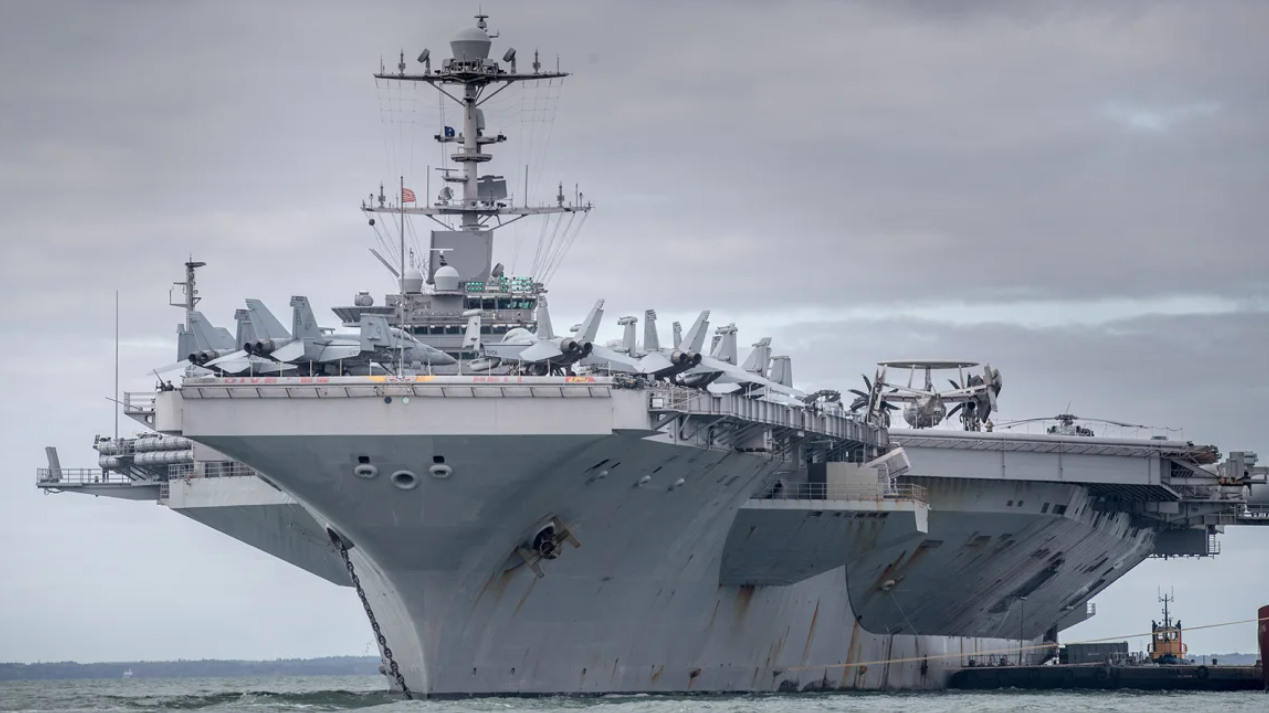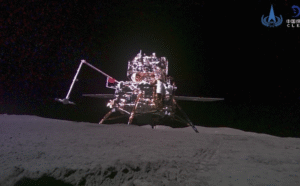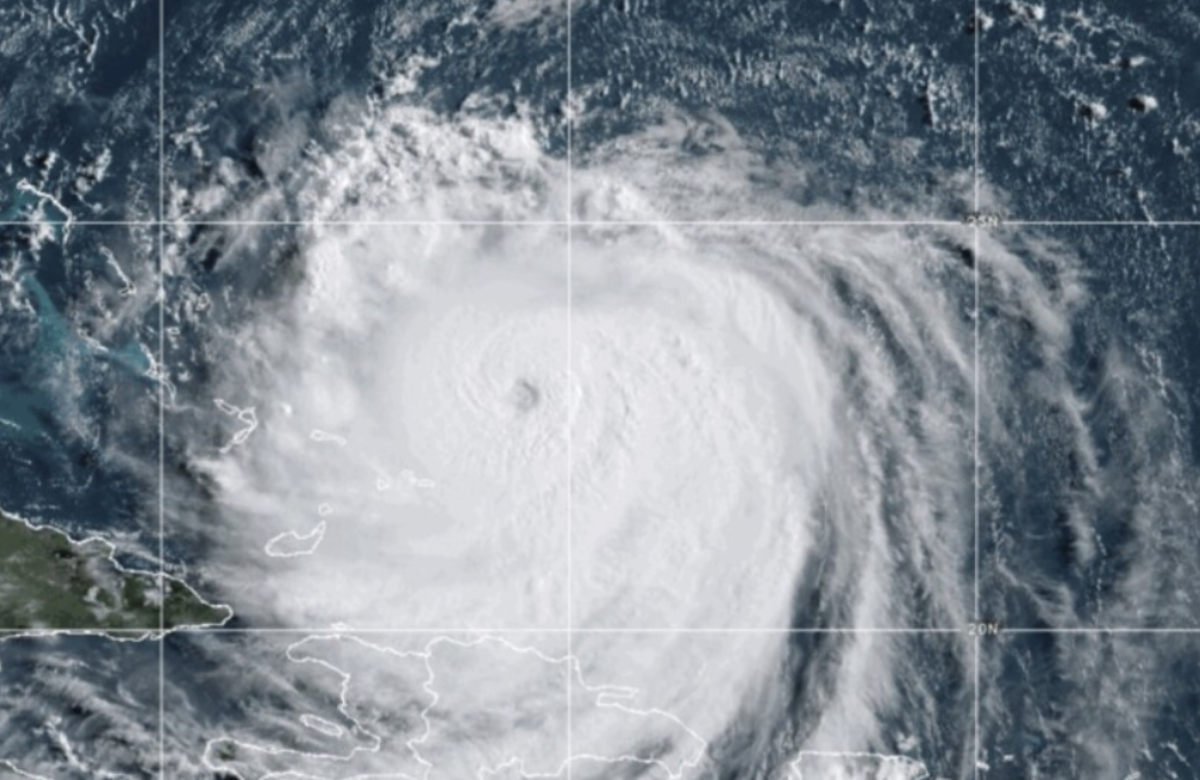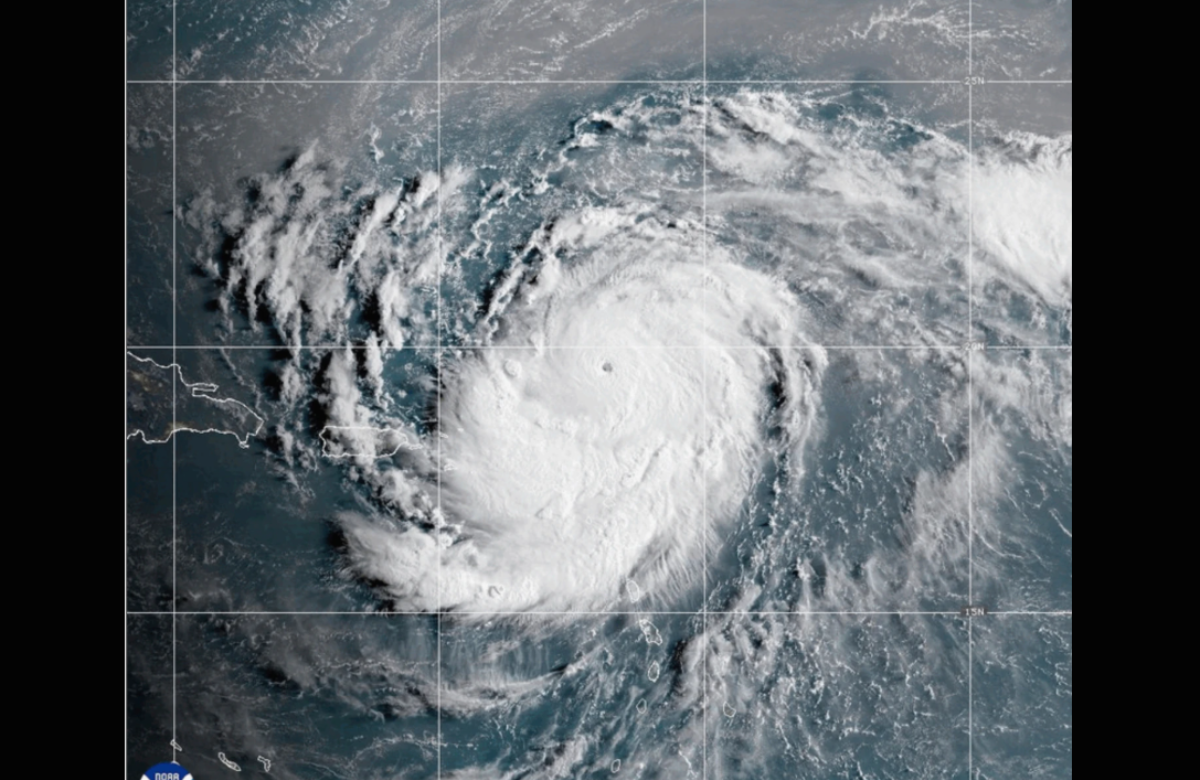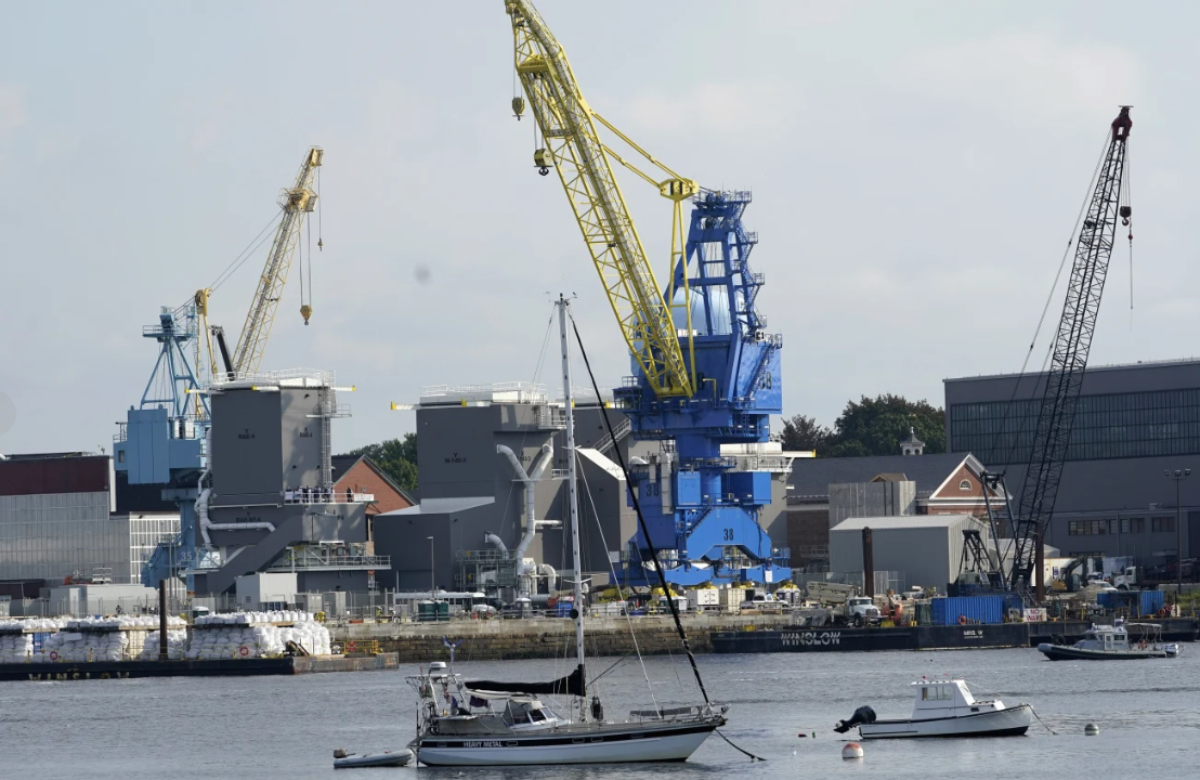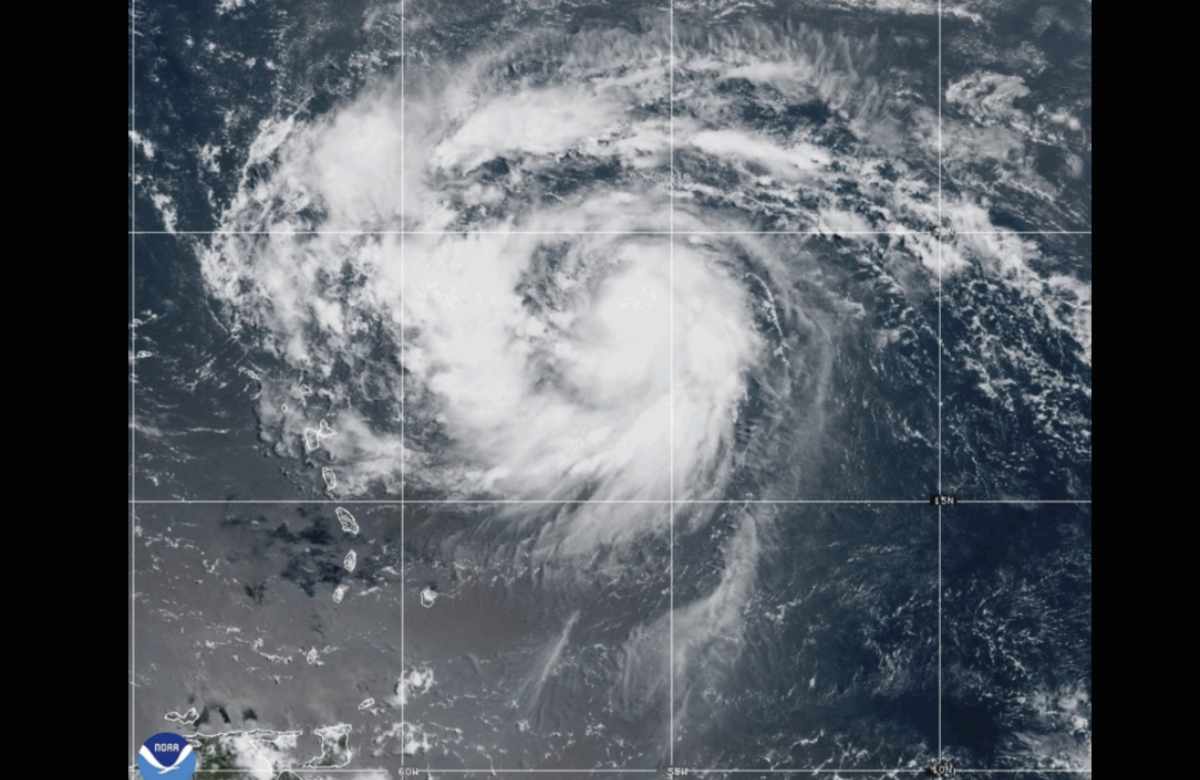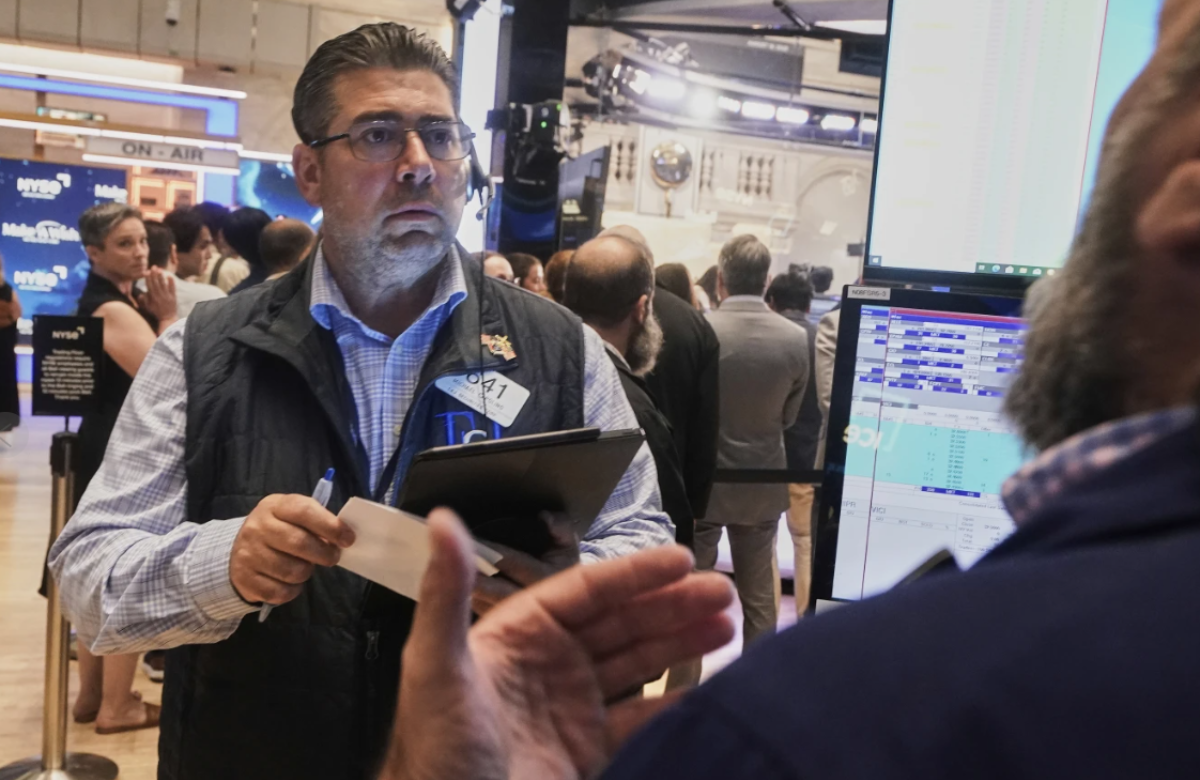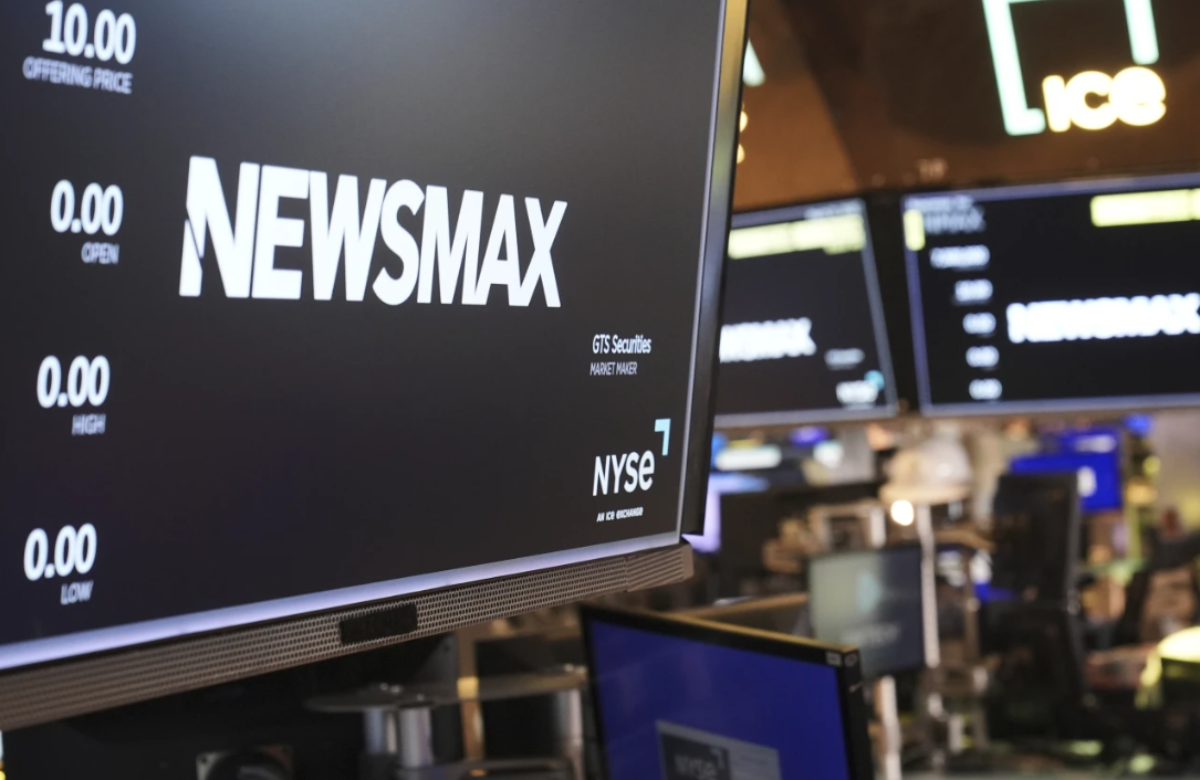The USS Harry S. Truman, a nuclear-powered aircraft carrier, collided with a merchant ship near Egypt in the Mediterranean Sea on Wednesday night, according to a Navy spokesperson on Thursday.
The cause of the collision between the U.S. warship and the Panamanian-flagged Besiktas-M remains unclear. However, the spokesperson confirmed that there was no flooding on the Truman, and its nuclear propulsion system was unharmed. There were no injuries reported on either vessel, although the merchant ship did sustain some damage, a Navy official stated.
An investigation is underway to determine the cause of the collision between the USS Harry S. Truman and the Panamanian-flagged vessel, Besiktas-M. The incident occurred near the Suez Canal, an area typically crowded with ships.
The Besiktas-M, a 617-foot bulk carrier, had just exited the Suez Canal and was heading to Romania. Meanwhile, the Truman, a 1,100-foot Nimitz-class aircraft carrier, was on its way to the canal.
Marine expert Sal Mercogliano mentioned that there were about 100 ships in the area at the time of the collision, near an anchorage off Egypt’s Port Said. Former US Navy captain Carl Schuster pointed out that such crowded conditions leave little room for error, as both ships require about a nautical mile to stop. Schuster suggested that small navigation mistakes or misinterpretations of each other’s intentions could have quickly led to a dangerous situation.
The Truman had been in Souda Bay, Greece, the previous week for a “working port visit” after two months of combat operations in the Central Command region. During that period, it conducted several strikes against Houthi rebels in Yemen and airstrikes against ISIS in Somalia, according to the Navy.
The USS Harry S. Truman is one of the 11 aircraft carriers in the US Navy fleet. Accidents between these large carriers and commercial vessels are rare, as carriers typically travel with a strike group that includes destroyers for protection.
However, ships entering the Suez Canal must travel in single file, which could make them more susceptible to collisions, experts have noted.
The last known incident involving a US carrier and a merchant vessel occurred on July 22, 2004, when a dhow, a traditional sailing vessel from the Middle East, collided with the former USS John F. Kennedy in the Persian Gulf.
In 2017, two US Navy destroyers were involved in fatal collisions. The USS Fitzgerald collided with a cargo ship off Japan in June, resulting in the deaths of seven sailors. Two months later, the USS John S. McCain collided with a tanker off the coast of Singapore and Malaysia, killing 10 sailors.
